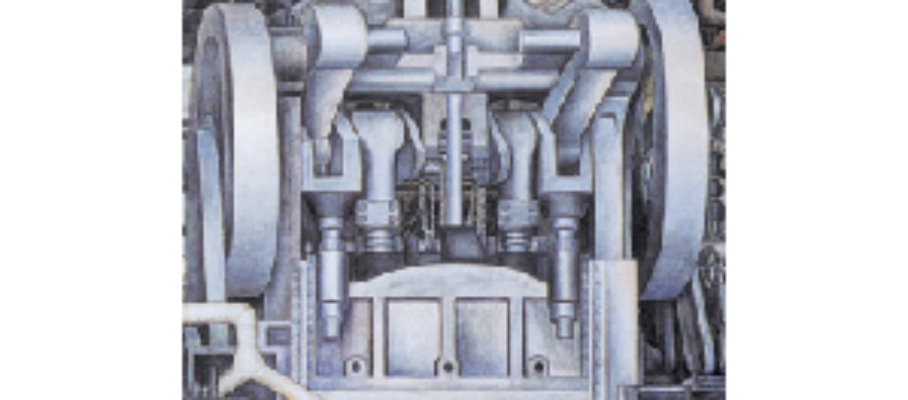Oct 18 2012
Retail Values for Lean Leadership
See on Scoop.it – lean manufacturing
Jon Miller’s take on the similarity between good practices in retail and in manufacturing. He is obviously fond of the bookstore he describes and sees its practices as key to competing with large stores and e-commerce.
He does forget one issue, though: hardcopy books as a product category is going the way of vinyl records. If I were running a bookstore today, I would be worried about finding a business model that works with electronic books.
See on www.gembapantarei.com




Oct 19 2012
Hospital uses ‘lean’ manufacturing techniques to speed stroke care | Science Codex
See on Scoop.it – lean manufacturing
See on www.sciencecodex.com
Share this:
Like this:
By Michel Baudin • Press clippings 0 • Tags: Health care, Lean, Lean manufacturing